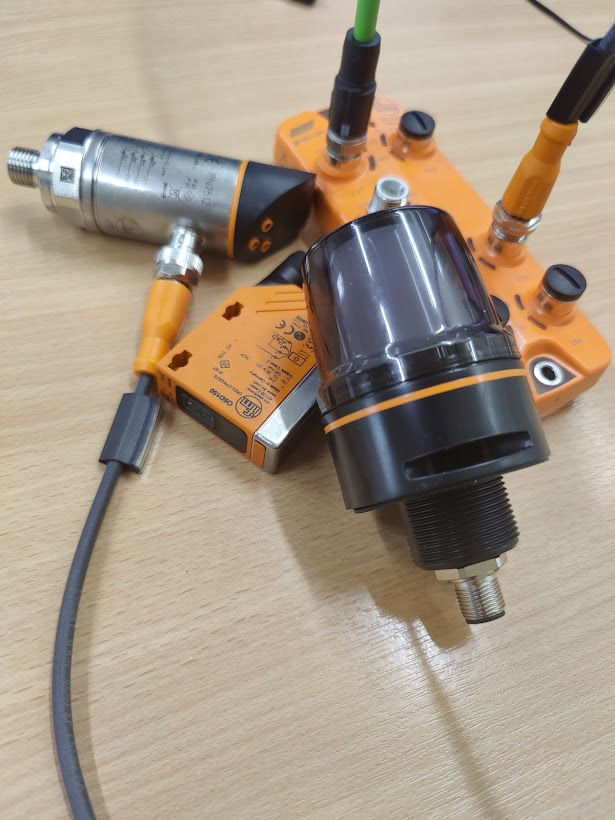Why upgrade to IO Link?
- Alastair McDonald
- Jun 25, 2022
- 2 min read

Making change is difficult, but often essential. Traditionally, a machine could have any number of enclosures containing numerous terminals. This makes fault finding troublesome. IO Link removes all of this. Solenoids, motor starters, sensors and even entire pneumatic or hydraulic manifolds are being produced with IO Link. If you're an OEM or have a machine that needs updating, contact us to learn more!
Designing systems with IO Link
IO Link could transform your design process. There is no longer a need for huge floor standing enclosures with terminals for all your instrumentation. There are two connections from your IO link module to your enclosure; power and network. The benefits of IO link would make you think it's expensive. It isn't. Budget £300 for a master, buy some M12 or M8 cables, and you're set, the sensors themselves cost about the same. No more din rail. No more trunking. No more screening. No signal transmission losses. No fuses. Satisfy all the requirements of EN 60204 for your power devices effortlessly.
Calibrating IO Link sensors
With a transmitter or transducer, you need to calibrate the sensing element and the measuring element together. This means to properly calibrate you have to do a system calibration, for example with the sensor connected to the plc. This causes problems as sometimes the sensors are rated much higher than the system capabilities, giving you different calibration points for the same sensor somewhere else in your plant.
With an IO link sensor. Just remove it and calibrate it on a test bench. All the analog to digital conversion is done in the sensor. The value sent to any PLC on the network or any laptop that is connected will be the same. That solves a headache! And leaves you confident in your measurements.
Changing or adding sensors with IO Link
If you wanted to add a sensor on a traditional system, you need to wire to a terminal box and get those wires to the distributed IO/PLC. When adding an IO Link sensor, its as simple as plugging in two M12 cables. The time saving and money saving benefits are astronomical. If you want to swap out a sensor, there's no need to calibrate the system when restarting, just plug in your new calibrated sensor and its ready to go.

Comments